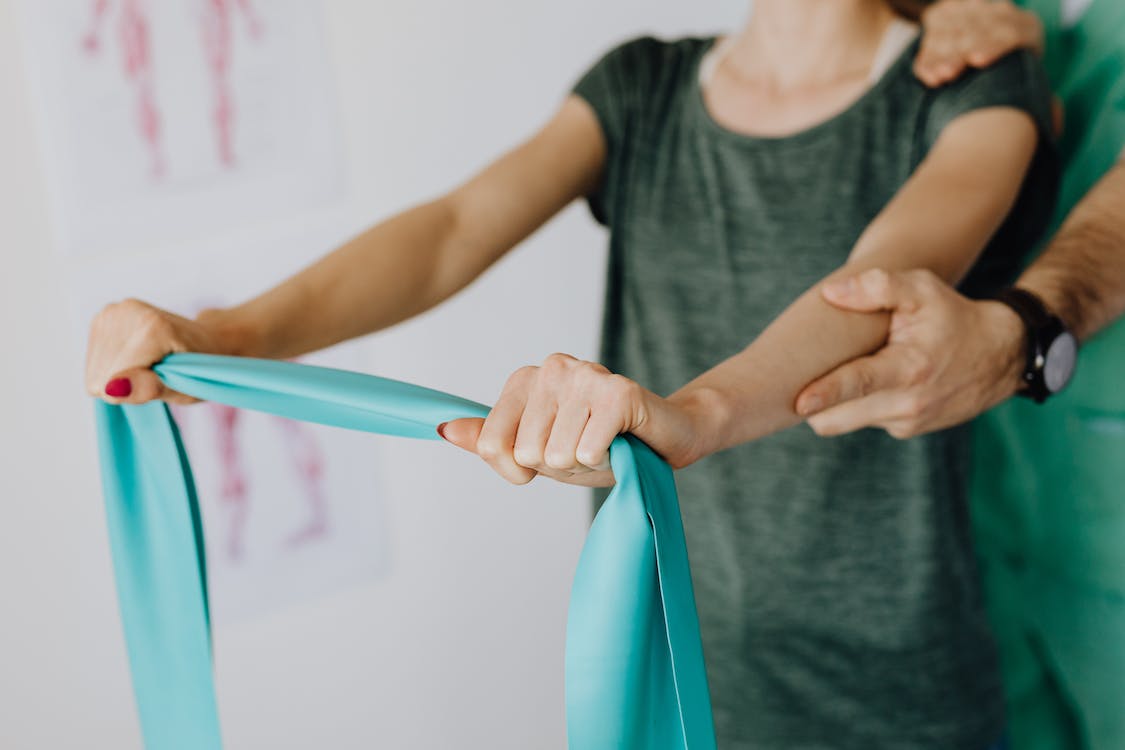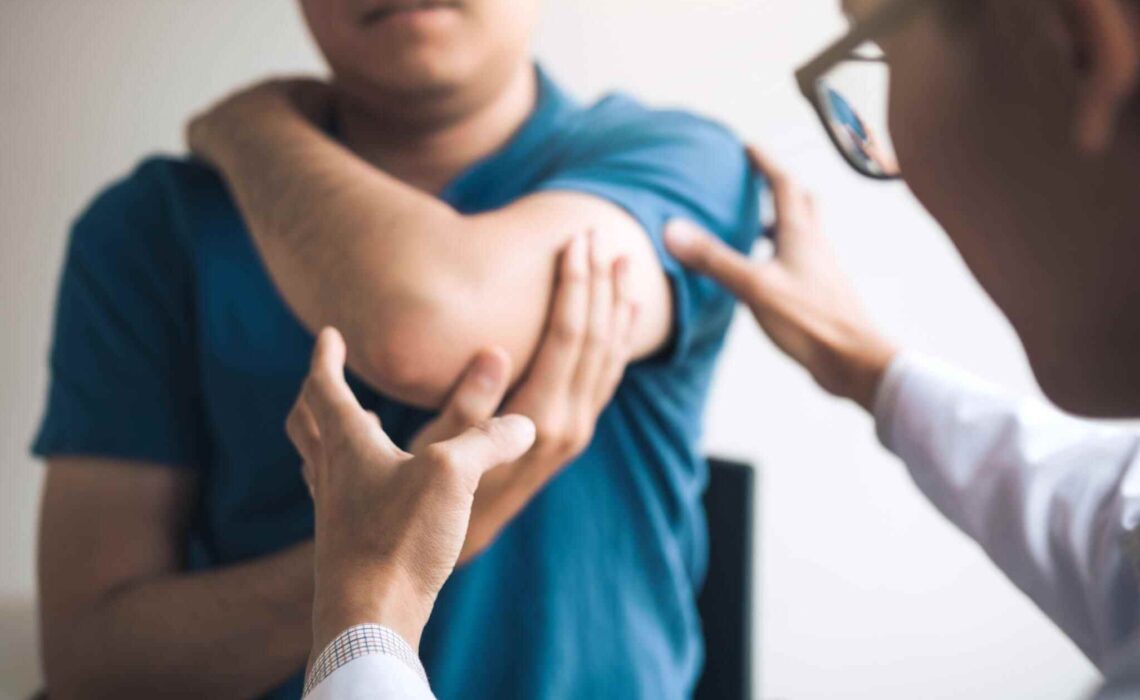It often feels raw when life presents unexpected challenges like personal injuries. The pain, discomfort, and limitations from such injuries can be emotionally and physically draining. However, surgery is not the sole remedy. There are various non-surgical approaches to pain relief for personal injury patients.
This article will explore these approaches, shedding light on the methods that offer ease, comfort, and hope. One significant aspect of non-surgical pain relief discussed within this article is injections for pain.
As personal injury patients navigate recovery, it’s crucial to recognize the options available. Beyond traditional surgical solutions, many treatments prioritize well-being and promote healing. Delving into physical therapy, medication management, interventional procedures, mind-body techniques, assistive devices, and rehabilitation aids in understanding the multifaceted world of non-surgical pain relief.
1. The Importance of Non-Surgical Options
Table of Contents
Within the realm of medical interventions, surgery often emerges as the go-to solution for a wide array of ailments and injuries. However, it’s critical to recognize that surgery isn’t always the panacea. Non-surgical approaches are a pivotal aspect of healthcare, particularly for personal injury patients. These alternatives offer a less intrusive means of pain management and recovery facilitation.
Non-surgical methods contribute to reduced chances of complications, shortened recovery times, and expedited restoration of patients’ quality of life. The significance of these non-surgical strategies cannot be overstated, as they provide a gentler, more accessible path to healing and relief.
2. Physical Therapy
Physical therapy represents a fundamental component of non-surgical pain relief for individuals grappling with personal injuries. This holistic approach encompasses an array of targeted exercises and techniques that aim to enhance strength, flexibility, and mobility in affected areas. Competent physical therapists work closely with patients, tailoring bespoke rehabilitation programs designed to reestablish function in injured regions gradually.
In addition to alleviating pain, physical therapy enhances overall well-being. Rather than relying on invasive procedures, this method adopts a patient-centric approach, allowing individuals to actively participate in their recovery process, promoting self-sufficiency, and cultivating renewed control over their bodies. As a personal injury lawyer practicing in St. Louis, always recommend my clients seek physical therapy after injury. It aids in recovery, restores function, and strengthens compensation claims.
3. Medication Management
Medication management is pivotal in providing substantial relief to personal injury patients without necessarily resorting to surgical interventions. Within this context, various medications come into play, including non-steroidal anti-inflammatory drugs (NSAIDs), muscle relaxants, and pain relievers. These pharmacological agents are instrumental in the management of pain and inflammation.
Nevertheless, it’s imperative to strike a delicate equilibrium between relief and safety. Prolonged or excessive use of medications may precipitate undesired side effects, underscoring the critical importance of healthcare professionals overseeing and fine-tuning medication regimens. Through such oversight, patients can reap the benefits of pharmaceutical relief while mitigating potential risks.
4. Injections for Targeted Pain Relief
In pain management, injections provide rapid, targeted relief by delivering medicine directly to the affected area. For instance, epidural steroid injections ease back and neck pain by reducing inflammation around the spinal cord. Joint injections are effective for arthritis, while nerve blocks can relieve chronic headaches and neuropathic pain.
Administered by healthcare professionals, these injections offer localized relief, better function, and enhanced quality of life. However, they are just part of a comprehensive pain management plan that may include therapy, medication, and lifestyle adjustments.
5. Interventional Procedures
Interventional procedures are a minimally invasive and highly focused means of addressing the root causes of pain in personal injury patients. This category encompasses various techniques, including epidural injections, nerve blocks, and joint injections. These procedures provide localized relief by directly targeting the sources of pain generation.
Although they may not promise a permanent solution, they can significantly alleviate pain, rendering it more manageable. By opting for interventional procedures, patients can engage more effectively in physical therapy, thereby reacquiring their mobility and functionality and, ultimately, their independence.
6. Mind-Body Approaches
The power of the human mind in pain management cannot be overstated, especially for personal injury patients. Mind-body approaches, such as meditation, yoga, and biofeedback, empower individuals to harness their mental and emotional resources to cope with pain. These techniques foster relaxation, mitigate stress, and bolster pain tolerance.
Importantly, they serve as valuable supplements to conventional non-surgical pain relief regimens, offering holistic healing beyond the physical realm. By tapping into the innate capabilities of the mind, patients can unlock a reservoir of resilience, which serves as a cornerstone in their journey toward recovery.
7. Assistive Devices and Rehabilitation Aids

Regaining independence stands as a paramount goal for personal injury patients. This aspiration often necessitates incorporating assistive devices and rehabilitation aids into their recovery plan. These tools, which include braces, crutches, wheelchairs, and prosthetics, are instrumental in providing the support and mobility required for patients to re-engage with their daily activities.
By complementing other non-surgical approaches, assistive devices enable individuals to regain a sense of self-sufficiency. They play a pivotal role in the rehabilitation process, facilitating the return to a life characterized by greater independence and participation in cherished activities.
Conclusion
In the realm of personal injury and pain relief, surgery is not always the exclusive answer. Non-surgical approaches like injections for pain relief offer a wealth of options that prioritize patient well-being and recovery. This comprehensive exploration has unveiled the efficacy of various methods, explicitly focusing on injections to treat pain. These non-invasive techniques, such as epidural injections and nerve blocks, have demonstrated their capacity to lessen pain and improve the quality of life for personal injury patients.
Nevertheless, it is essential to emphasize the role of healthcare professionals in guiding patients toward the most suitable approach. Collaboratively, patients and their healthcare teams can embark on a journey toward pain relief, recovery, and a return to the life they cherish.
In conclusion, personal injuries may throw formidable obstacles in one’s path, but with suitable non-surgical approaches, individuals can navigate these challenges with strength and resilience. The pursuit of pain relief extends beyond mere management; it embodies the reclamation of life and the onward journey, one step at a time.
- How To Provide Support For Someone Trying To Quit Drugs - April 13, 2024
- Unlocking Optimal Wellness: Exploring The Impact Of Gut Health - March 23, 2024
- Innovative Solutions: The Critical Role Of Compound Medications In Healthcare Delivery - March 17, 2024





No Comments